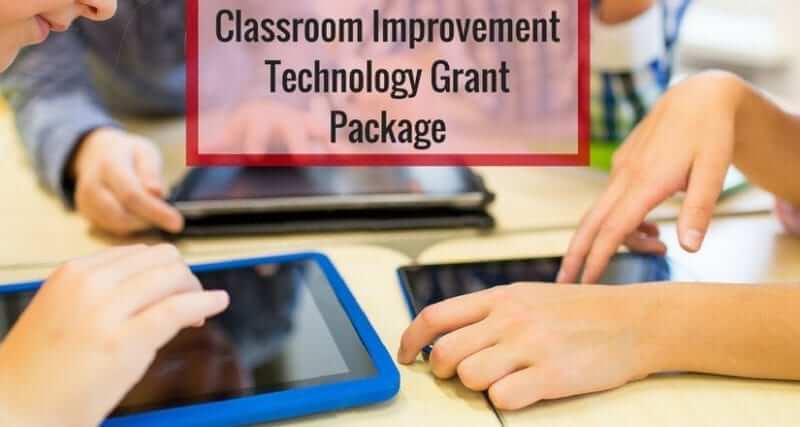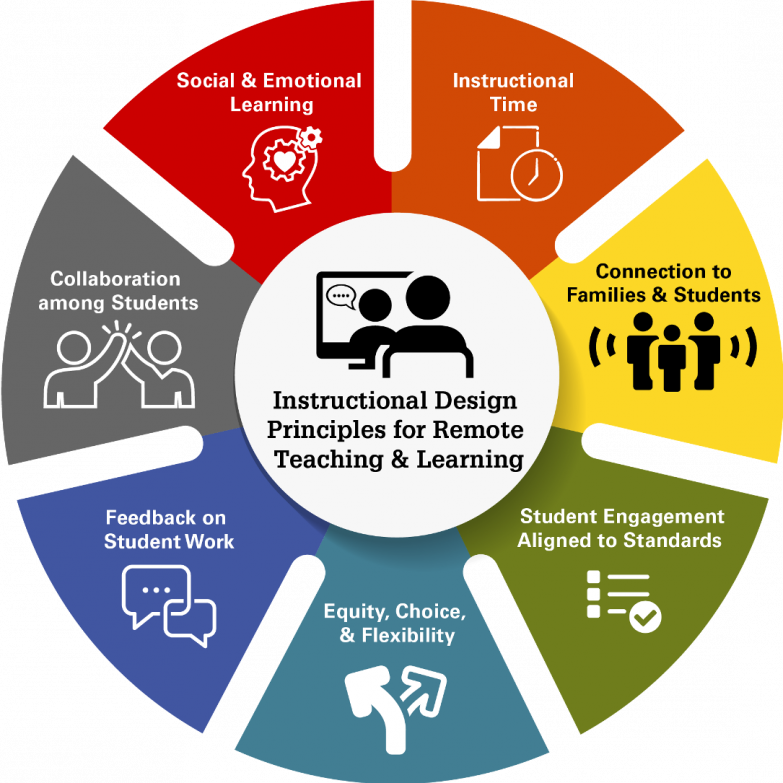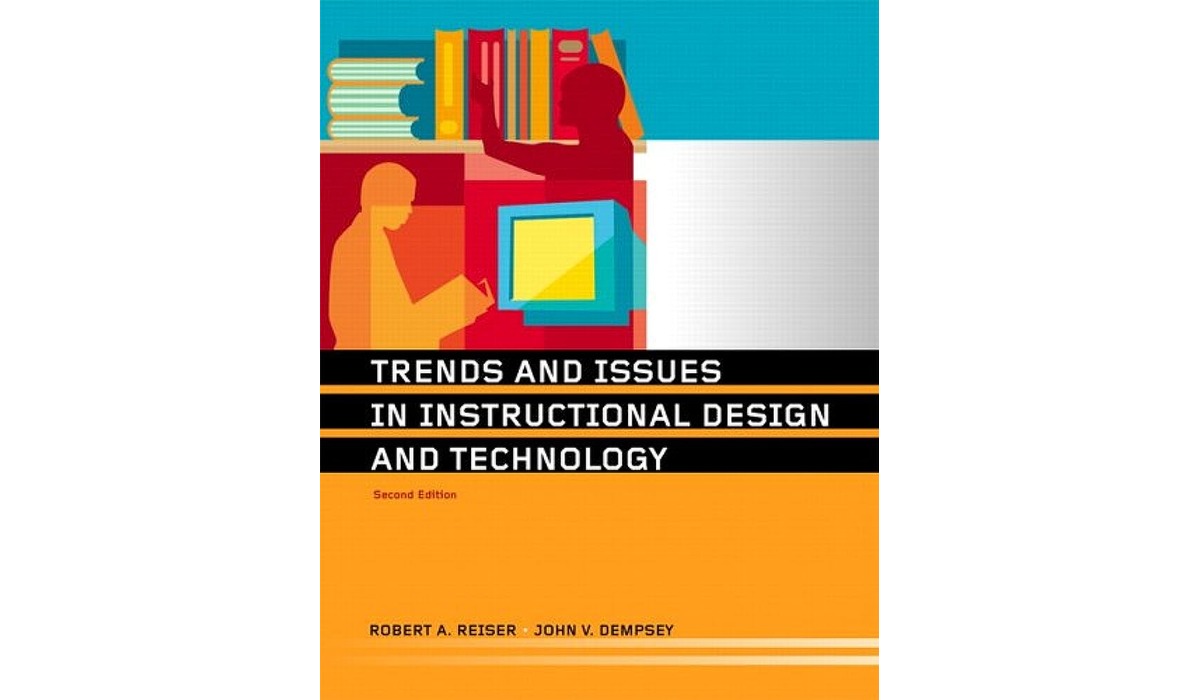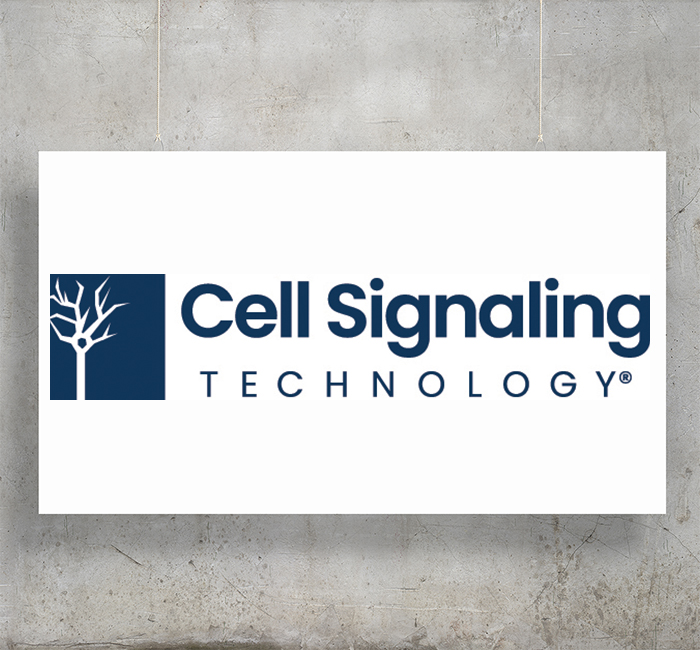Classroom Technology Grants: Funding Innovation in Education
Classroom technology grants are a powerful tool for educators seeking to transform their classrooms and empower students with the tools of the 21st century. The impact of technology on education […]

Classroom technology grants are a powerful tool for educators seeking to transform their classrooms and empower students with the tools of the 21st century. The impact of technology on education is undeniable, and these grants provide valuable resources for teachers to implement innovative teaching strategies, enhance student engagement, and foster a more dynamic learning environment.
From interactive whiteboards and tablets to virtual reality headsets and coding robots, technology grants can help educators acquire the tools they need to create engaging and effective lessons. By bridging the gap between traditional learning methods and cutting-edge technology, these grants are essential for preparing students for a future where technology plays a central role in all aspects of life.
Introduction to Classroom Technology Grants
Classroom technology grants are a vital resource for educators seeking to enhance their teaching practices and provide students with access to innovative learning tools. These grants empower teachers to implement cutting-edge technology in their classrooms, transforming the learning experience and equipping students with the skills necessary to succeed in the 21st century.
The Impact of Technology on Education
The integration of technology in education has revolutionized the way students learn and teachers teach. Technology provides a wealth of opportunities for personalized learning, interactive engagement, and access to a vast amount of information.
- Personalized Learning: Technology allows teachers to tailor instruction to individual student needs, providing differentiated learning experiences that cater to diverse learning styles and pace. Adaptive learning platforms and personalized learning tools can adjust the level of difficulty and content based on student performance, ensuring that every student receives the support they need to succeed.
- Interactive Engagement: Technology fosters active learning through interactive simulations, virtual field trips, and collaborative projects. Students can engage with content in a more dynamic and engaging way, leading to deeper understanding and increased motivation.
- Access to Information: The internet provides students with access to a vast library of information, resources, and learning materials. This empowers students to become independent learners, conducting research, exploring different perspectives, and developing critical thinking skills.
Examples of Effective Technology Grant Use
Classroom technology grants have been instrumental in transforming classrooms across the country, enabling educators to implement innovative and effective learning strategies. Here are a few examples of how technology grants have been used effectively:
- Interactive Whiteboards: Interactive whiteboards have become a staple in many classrooms, providing a dynamic and engaging learning environment. Teachers can use them to present lessons, conduct interactive activities, and facilitate collaborative learning.
- Robotics and Coding Programs: Technology grants have enabled schools to introduce robotics and coding programs, fostering STEM skills and preparing students for careers in the technology sector.
- Virtual Reality (VR) and Augmented Reality (AR) Experiences: VR and AR technologies offer immersive learning experiences that bring abstract concepts to life. Grants have allowed schools to purchase VR headsets and AR apps, providing students with hands-on learning experiences that enhance their understanding of complex subjects.
Types of Classroom Technology Grants

Securing funding for classroom technology can be challenging, but there are various grants available to support educators in acquiring the resources they need. These grants come from diverse sources and cater to different needs and project types.
Federal Grants
Federal grants are a significant source of funding for educational initiatives, including technology integration. These grants often focus on specific areas, such as STEM education, digital literacy, or special needs education.
- The Elementary and Secondary Education Act (ESEA): This act provides funding for various educational programs, including technology integration. Schools can apply for grants to purchase technology equipment, software, and professional development for teachers. Eligibility criteria typically include serving low-income students, students with disabilities, or students in rural areas.
- The Technology Innovation Challenge Grant (TICG): This grant program supports innovative technology projects that address specific educational challenges. TICG grants are competitive and require detailed proposals outlining the project’s goals, implementation plan, and expected outcomes.
- The Investing in Innovation (i3) Grant: The i3 grant program supports projects that demonstrate the potential to improve student outcomes. This grant is particularly relevant for projects that leverage technology to personalize learning, provide individualized instruction, or enhance student engagement.
State Grants
State governments also offer grants for educational technology initiatives. These grants often focus on specific areas of interest, such as digital literacy, STEM education, or teacher professional development.
- The State Digital Learning Plan Grant: This grant program encourages states to develop comprehensive plans for integrating technology into their education systems. States can apply for funding to support various initiatives, such as purchasing technology equipment, developing digital learning resources, and providing teacher training.
- The State Educational Technology Grant: Many states offer grants specifically for technology projects in schools. These grants can fund various projects, including purchasing laptops, tablets, interactive whiteboards, and software. Eligibility criteria vary by state but typically include serving specific student populations or addressing particular educational needs.
Private Foundation Grants
Private foundations play a vital role in supporting education initiatives, including technology integration. These foundations often have specific areas of interest, such as STEM education, early childhood education, or special needs education.
- The Bill & Melinda Gates Foundation: This foundation supports projects that aim to improve education for all students. They have funded numerous technology projects, including initiatives focused on personalized learning, teacher professional development, and digital learning resources.
- The Hewlett Foundation: The Hewlett Foundation supports projects that promote innovation and equity in education. They have funded various technology projects, including initiatives focused on STEM education, digital literacy, and teacher professional development.
Corporate Grants
Corporations are increasingly involved in supporting education initiatives, including technology integration. These grants often focus on areas where the corporation has expertise or a vested interest, such as STEM education, computer science education, or digital literacy.
- The Google for Education Grants: Google offers grants to schools and organizations that are using technology to innovate in education. These grants can fund various projects, including purchasing Chromebooks, developing online learning resources, and providing teacher training.
- The Microsoft Education Grants: Microsoft offers grants to schools and organizations that are using technology to improve teaching and learning. These grants can fund various projects, including purchasing Microsoft software, developing online learning resources, and providing teacher training.
Crowdfunding Platforms
Crowdfunding platforms have become a popular way for educators to raise funds for technology projects. These platforms allow individuals and organizations to contribute to projects they believe in, providing a valuable source of funding for schools and teachers.
- DonorsChoose: This platform allows teachers to create projects for classroom supplies and technology. Donors can contribute to projects they find compelling, providing a direct way to support classroom needs.
- GoFundMe: GoFundMe is a popular platform for fundraising for various causes, including educational initiatives. Teachers can create campaigns to raise funds for technology projects, allowing them to reach a wider audience of potential donors.
Finding and Applying for Classroom Technology Grants
Securing funding for classroom technology is crucial for enhancing learning experiences and keeping up with the evolving educational landscape. Grant opportunities provide a valuable avenue for educators to acquire the resources they need. This section explores strategies for identifying and applying for classroom technology grants, increasing the chances of success.
Identifying Reputable Grant Organizations
Finding the right grant organization is the first step in the grant-seeking process. Several organizations dedicate funding to support classroom technology initiatives. Here are some reputable grant providers to consider:
- The National Education Association (NEA) Foundation: The NEA Foundation offers grants to support innovative educational projects, including technology integration.
- The Bill & Melinda Gates Foundation: The Gates Foundation focuses on improving education globally, with grants available for various educational initiatives, including technology projects.
- The Verizon Foundation: The Verizon Foundation supports educational projects that promote digital literacy and access to technology.
- The Google for Education Grants: Google provides grants to schools and educators to support innovative technology-based learning projects.
- The DonorsChoose.org: DonorsChoose.org is a platform that connects teachers with donors who fund classroom projects, including technology needs.
These organizations represent a diverse range of funding priorities, so it’s essential to research each one thoroughly to determine if their focus aligns with your project.
Understanding the Application Process
The application process for classroom technology grants typically involves several steps. Here’s a breakdown of what to expect:
- Reviewing the Grant Guidelines: Each grant organization has specific eligibility criteria, funding priorities, and application requirements. Carefully read and understand the guidelines before starting your application.
- Developing a Compelling Proposal: Your proposal should clearly articulate the project’s objectives, target audience, and anticipated outcomes. It should also highlight the innovative nature of the project and its potential impact on student learning.
- Gathering Supporting Documents: Grant organizations may require supporting documents, such as letters of support from school administrators, budgets, and project timelines. Prepare these documents well in advance to ensure a smooth application process.
- Meeting Deadlines: Grant deadlines are strict, so plan accordingly and submit your application well before the deadline. Late applications are generally not accepted.
Grant Application Checklist
To increase your chances of securing a grant, follow these essential steps:
- Identify your technology needs: Clearly define the specific technology you need and how it will benefit your students.
- Research potential grant organizations: Explore different grant providers and identify those that align with your project goals and funding priorities.
- Thoroughly review grant guidelines: Ensure your project meets the eligibility criteria and application requirements.
- Develop a strong proposal: Write a compelling proposal that clearly articulates the project’s objectives, impact, and budget.
- Gather supporting documents: Prepare all required documents, such as letters of support, budgets, and timelines.
- Proofread and edit your application: Submit a polished and error-free application.
- Submit your application on time: Meet all deadlines to avoid disqualification.
Budgeting and Planning for Technology Purchases: Classroom Technology Grants
Securing funding for classroom technology is a crucial step in the grant process. Once you have a clear understanding of your technology needs, it’s time to develop a comprehensive budget that Artikels the costs associated with purchasing and implementing the technology. This budget will serve as a roadmap for your grant proposal, demonstrating your financial responsibility and the feasibility of your project.
Creating a Sample Budget
A well-structured budget should include a detailed list of all the equipment and software you plan to purchase. It should also include any additional costs associated with implementation, such as training, technical support, and ongoing maintenance. Here’s a sample budget for a classroom technology grant:
Equipment
- Interactive Whiteboard: $1,500
- Laptop Computers (10): $5,000
- Document Camera: $500
- Wireless Headphones (10): $250
- Mobile Charging Cart: $300
Software
- Educational Software Subscription (1 year): $500
- Video Conferencing Software (1 year): $200
Implementation Costs
- Teacher Training: $500
- Technical Support: $200
- Installation and Setup: $300
Maximizing the Impact of Technology Investments, Classroom technology grants
The goal of any technology investment is to enhance teaching and learning. To maximize the impact of your technology purchases, consider these strategies:
Prioritize Needs
- Identify the most pressing needs in your classroom. What areas could technology most effectively address? For example, are there specific curriculum areas that would benefit from interactive learning tools? Are there opportunities to improve student engagement or collaboration?
Align Technology with Curriculum Goals
- Ensure that the technology you purchase aligns with your curriculum goals and teaching objectives. This will help you to integrate technology seamlessly into your classroom and maximize its impact on student learning.
Provide Adequate Training
- Invest in teacher training to ensure that educators are comfortable and confident using the new technology. This will help them to integrate technology effectively into their lessons and provide students with the support they need to succeed.
Aligning Technology Purchases with Curriculum Goals and Student Needs
The most effective technology investments are those that directly support curriculum goals and address student needs. This means carefully considering how the technology will be used in the classroom and ensuring that it aligns with the learning objectives.
Example: Integrating Technology for Science Experiments
Imagine a classroom that wants to enhance its science curriculum with technology. Instead of relying solely on textbooks and lectures, the teacher could use a document camera to showcase real-life experiments or an interactive whiteboard to create engaging simulations. This approach aligns technology with the curriculum and provides students with a more interactive and engaging learning experience.
Student Needs
- Technology can also be used to address individual student needs. For example, students with learning disabilities may benefit from assistive technology that provides them with additional support. Students who are visual learners may benefit from videos or interactive simulations, while students who are auditory learners may benefit from audio recordings or podcasts.
Final Review

Securing a classroom technology grant can be a transformative experience for educators and students alike. By understanding the various types of grants available, navigating the application process, and thoughtfully planning technology integration, educators can unlock a world of possibilities for enriching learning experiences and empowering students to reach their full potential.
Securing classroom technology grants can be a game-changer for educators, allowing them to implement innovative teaching methods and provide students with the tools they need to succeed. If you’re looking for a reliable partner to help you navigate the complexities of technology integration, look no further than union technology corp.
Their expertise in educational technology solutions can help you make the most of your grant funding and create a truly engaging learning environment for your students.









